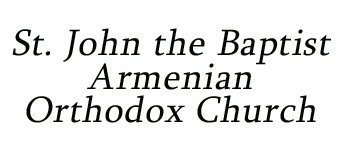FEAST OF THE DISCOVERY OF THE HOLY CROSS
The Armenian Church commemorates the Feast of the Discovery of the Holy Cross (Kude Khatchi), this Sunday, October 29, 2023. Empress Helena, mother of Constantine and a devout Christian, wanted to find the True Cross. She went to Golgotha (Calvary), which had become an obscure and neglected place…
